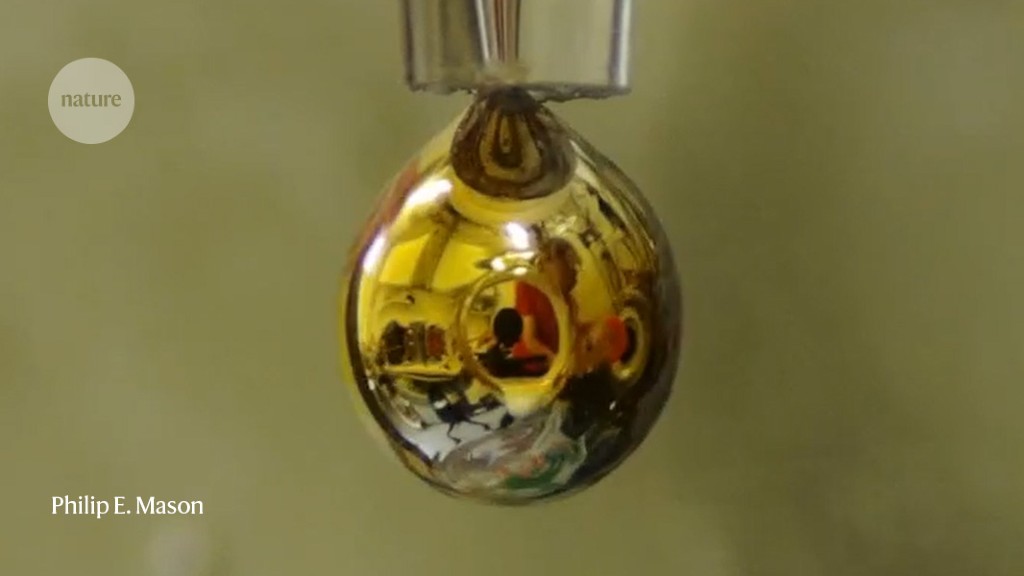
Researchers have achieved that feat by forming a thin layer of water around electron-sharing alkali metals.
The water stayed in a metallic state for a only few seconds, but the experiment did not require the high pressures that are normally needed to turn non-metallic materials into electrically conductive metals.Co-author Pavel Jungwirth, a physical chemist at the Czech Academy of Sciences in Prague, says that seeing the water take on a golden shine was a highlight of his career.Geophysicists think that the centres of massive planets such as Neptune or Uranus host water in such a metallic state, and that high-pressure metallic hydrogen can even become a superconductor, able to conduct electricity without any resistance.
Turning water into a metal in this way would require an expected 15 million atmospheres of pressure, which is out of reach for current lab techniques, says Jungwirth.But he suspected that water could become conductive in an alternative way: by borrowing electrons from alkali metals.
The fact that ammonia can turn shiny in such conditions was known to the British chemist Humphry Davy in the early nineteenth century, Edwards points out.
A video of the experiment shows how water on the surface of the droplet turns shiny and metallic for a few seconds.Credit: Philip E.The team wanted to try the same approach with water instead of ammonia, but faced a challenge: alkali metals tend to react explosively when mixed with water.The water condensed onto each droplet and formed a layer one-tenth of a micrometre thick.
Electrons from the droplet then quickly diffused into the water — together with positive metallic ions — and, within a few seconds, the water layer turned goldenE
Experiments at a synchrotron in Berlin confirmed that the gold reflections produced the signatures expected of metallic water.The key to avoiding an explosion, Jungwirth says, was to find a window of time in which the diffusion of electrons was faster than the reaction between the water and the metals.
“They have managed to get to a quasi-steady state such that the physics of metallization wins over chemical decomposition,†Edwards says.
“We were not sure at all that we would find it,†Jungwirth says.